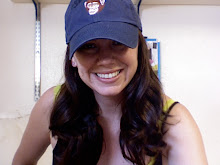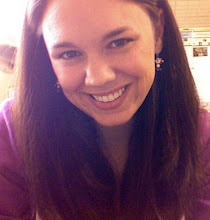Butler & Stevens AND
O'Malley & Pierce on the topic of
Content Area Assessment
These readings presented issues that I deal with on a daily basis. How do we fairly test our LEP students (over 80% of the district) on content when they can't proficiently understand the language it is presented in? In the Butler article they talked about how in the past they would just exclude LEP students from national assessments---if we did that in our district we'd only have about 20 students doing the content area tests. Now, of course, that idea has been thrown out, and there are some other "solutions" such as:
-translating tests to the native language (although this can be quite difficult, to accurately translate the meaning of the test)
-offering test accomodations--like reading testing items, clarifying test questions
-modifications of the test
Although these things may help with testing, it still doesn't necessarily allow LEP students to demonstrate the actual content knowledge they possess. In topics that are not reading, such as math, and science students may have a very difficult time with the language used because often teachers of content areas probably don't spend enough time developing students language skills in that content area. LEP students need to have language objectives integrated with their content area objectives in order for them to be able to better learn and communicate about the content. Math for example has a whole vocabulary of it's own. No matter how good a student's computation skills are, if they can't understand math vocabulary and language they will probably not do well on a standardized math test. Standardized tests do not allow a student to fully show or demonstrate what they can do. The O'Malley chapter suggests that teachers should allow students to do authentic assessments to demonstrate content area knowledge. Students need scaffolding to build their content area knowledge...such as pre-teaching vocab and language that go along with a topic. This is true for any content that a student is learning.
The chapters point out that students that do not have language objectives integrated with their content objectives do not perform well on the tests. Basically, if teachers are not meeting these needs they are setting the students up to fail. It is important that ALL teacher in the school understand the language learning needs of LEP students, not just the Language teachers! I think these chapters would be particularly enlightening for some of the math, science and social studies teachers in my district.
Back to Work
13 years ago










